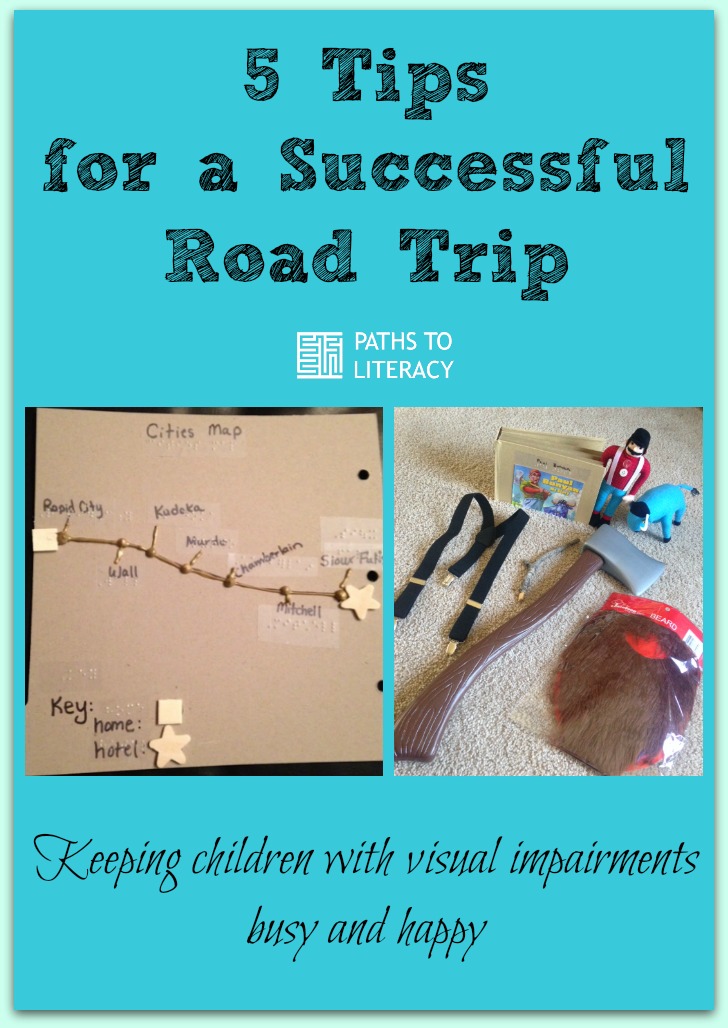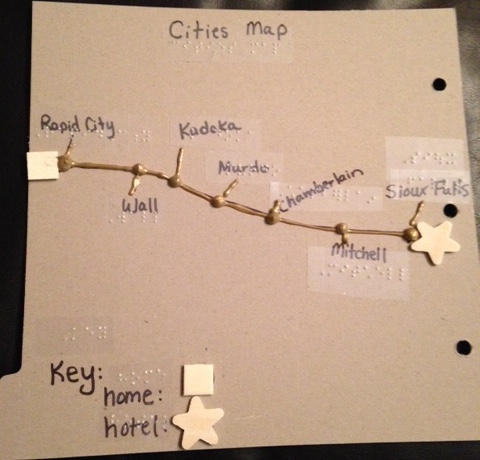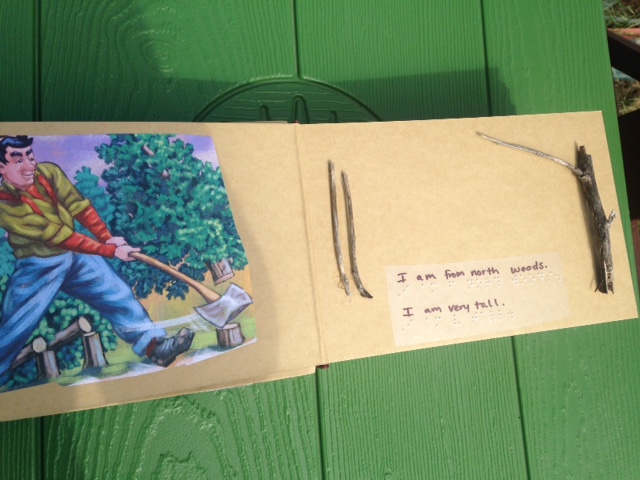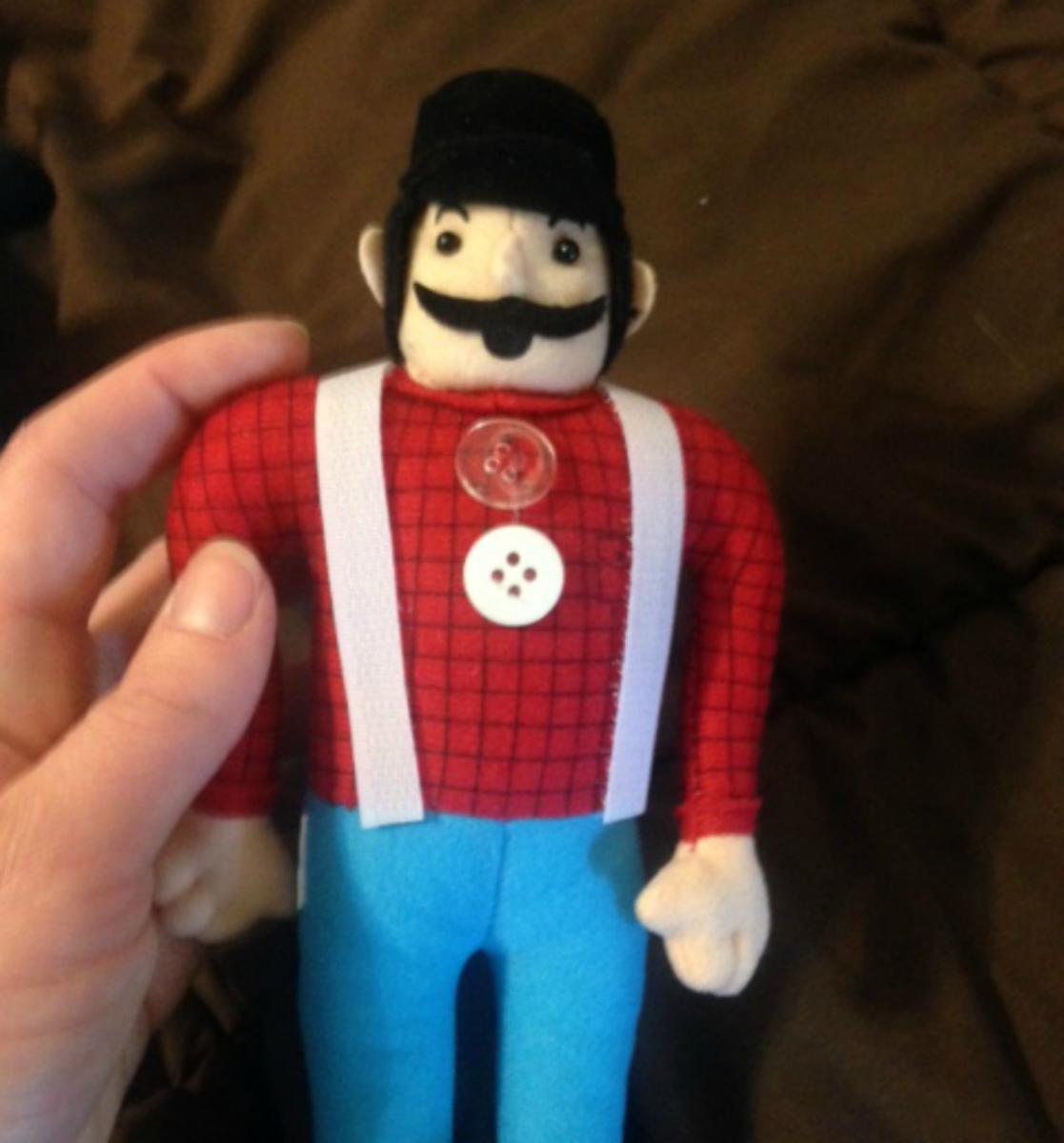I have two boys. My oldest is 7 years old, deafblind, and an early braille reader. My youngest is 4 years old and has typical vision and hearing. We recently went on a road trip to visit family out of state. Planning for the trip inspired me to write about 5 tips to help create a successful and happy road trip with a child with vision impairments.
1. Create a tactile map.
Create tactile maps to describe your trip to your child. Examples of maps could include a tactile map of the United States labeled in braille, or something more local or regional, depending on your trip. You can discuss where you are starting from (home) and find the ending point. Maps can include tactile symbols of what will be found in different areas, as well as labels in braille and large print.
I created a simple tactile map of our state that included the major cities we would drive by as we traveled to our destination. We checked off every city that we passed. It was especially fun to use our map to find where we stopped to go to the bathroom, eat lunch, sleep in the hotel, etc. Both of my boys enjoyed taking turns to look at the map.
2. Create a story about an activity you will do on your trip.
The story can be about any activity you will do on your trip, such as learning about the Grand Canyon, or Mount Rushmore, or, in our case, Paul Bunyan!
I knew ahead of time that we would be visiting an amusement park called Paul Bunyan Land, so I created a book that would teach my boys about Paul Bunyan. (I included pictures, tactile graphics, braille, and print in the book so that it was accessible for BOTH of my boys.) I also purchased fun items to go with the story that would teach about the appearance of a lumberjack (similar to a storybox), so that the boys could play and explore the items as we traveled.
Paul Bunyan objects:
- Beard
- Stuffed Paul Bunyan and Babe the Blue Ox toy
- Suspenders
- Pretend ax
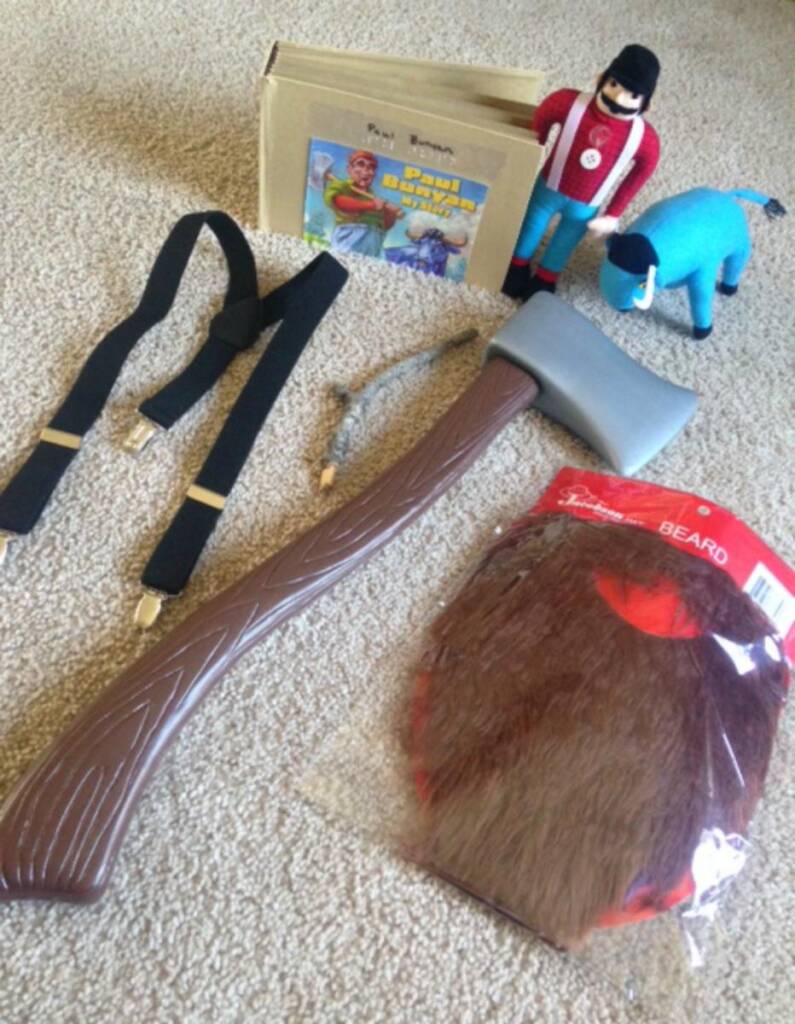
We read about and learned about Paul Bunyan before we went to the amusement park. The boys learned who Paul was and what a lumberjack does. (I loosely modeled our book on Paul Bunyan: My Story.)
Once at the amusement park, the boys had a great time “meeting” Paul Bunyan and enjoyed going on many rides! When we reread the book again on the way back the boys enjoyed it even more! It acted as an experience book!



3. Provide braille, braille, and more braille!
- Peg Slate: Have fun writing and reading braille with a Peg Slate from APH!
- Bags of Books: I brought a few different cloth reusable grocery shopping bags that were filled with a variety of braille books. I could give my son a bag and when he was done with that he could exchange it for a different one!
- Audio books: This doesn’t work for my child since he is deafblind, but is good for children who are visually impaired. Many local libraries have some that you can check out for free!
4. Bring along portable and accessible activities, puzzles, and toys.
Of course you always need to be prepared with toys and activities to keep your children occupied. A few of our favorites:
 | |
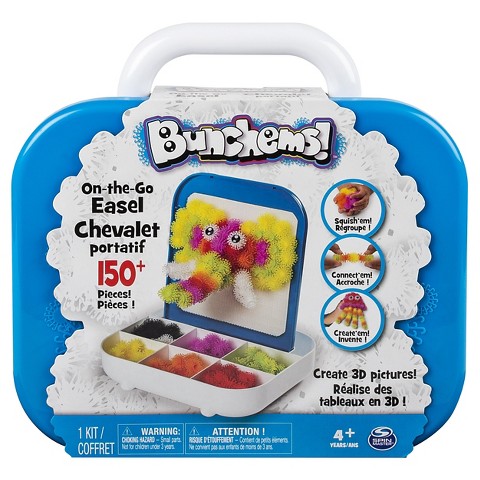 | |
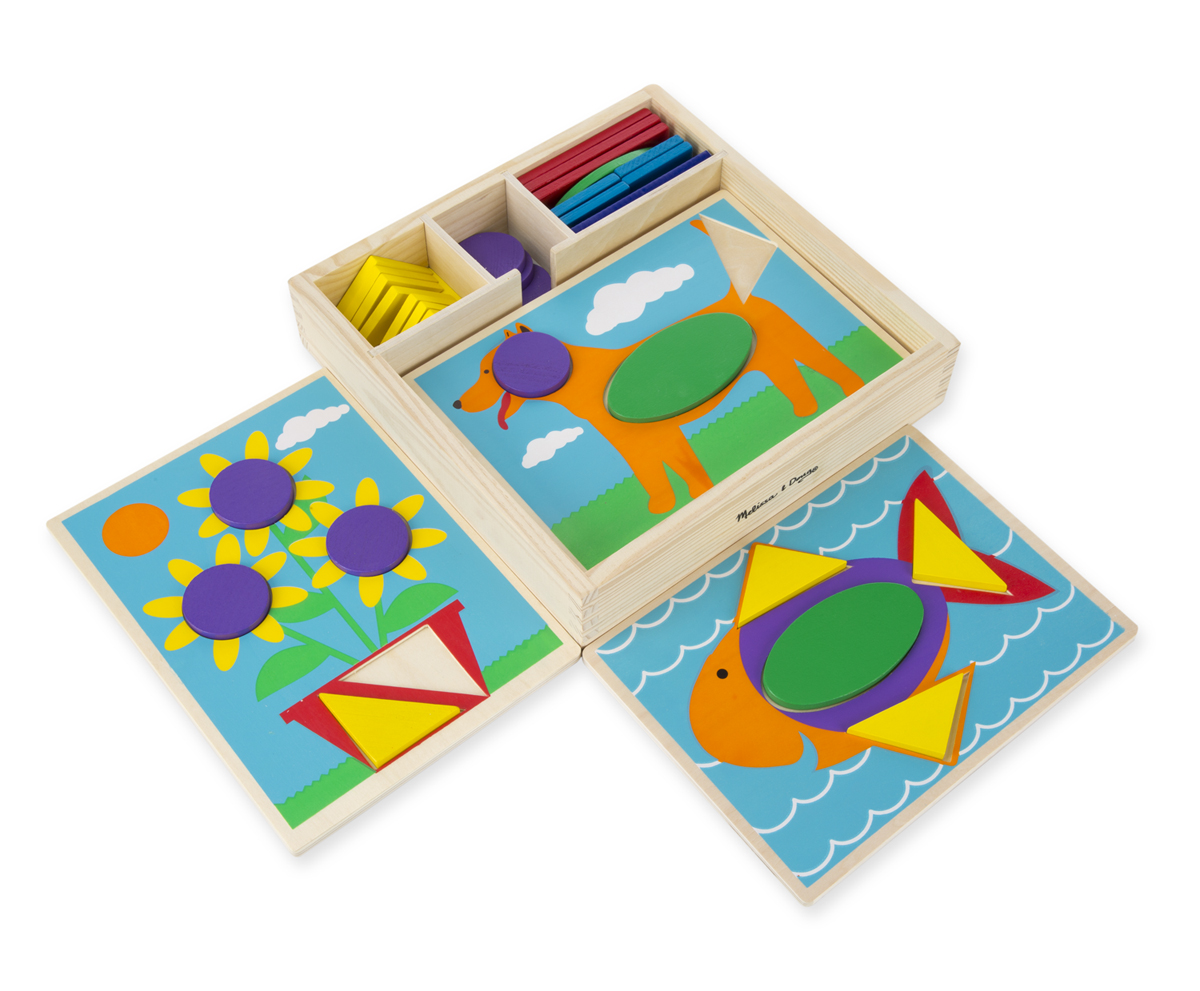 | |
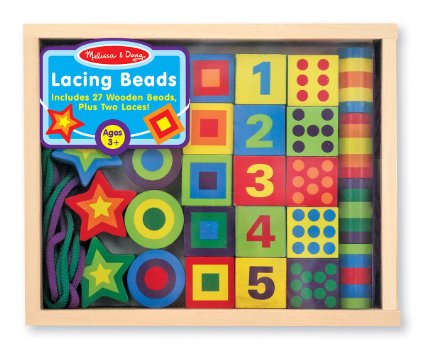 | |
|  |
5. Be ready with snack storage.
Snacks are an important part of traveling! ![]() It always helps me to organize the snacks ahead of time into small containers or snack baggies. I always make sure to have a good variety of healthy snacks, as well as sweets. It helps save time and money when you make stops. Baggies or storage containers can be labeled with braille, pictures, or tactile symbols to allow children to make choices or identify different snacks. I always try to get a few items that are “fun” that we don’t usually get to have at home. New water bottles make for a special treat as well!
It always helps me to organize the snacks ahead of time into small containers or snack baggies. I always make sure to have a good variety of healthy snacks, as well as sweets. It helps save time and money when you make stops. Baggies or storage containers can be labeled with braille, pictures, or tactile symbols to allow children to make choices or identify different snacks. I always try to get a few items that are “fun” that we don’t usually get to have at home. New water bottles make for a special treat as well!
